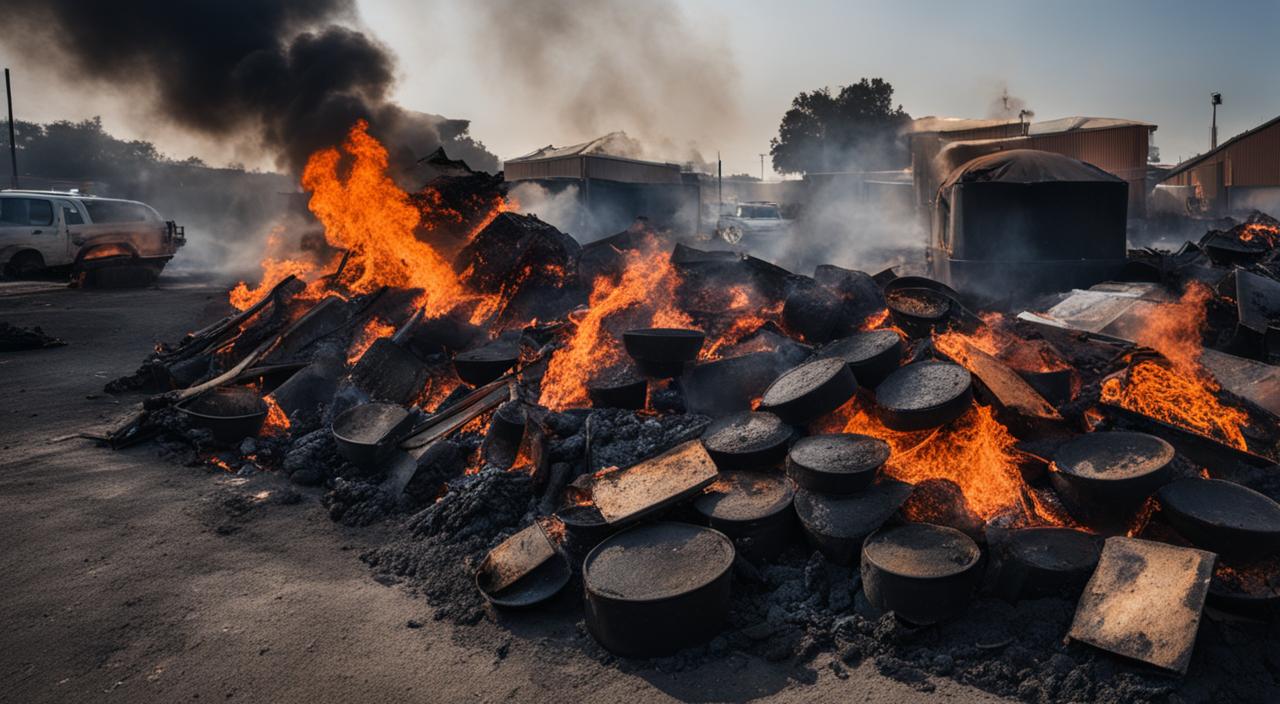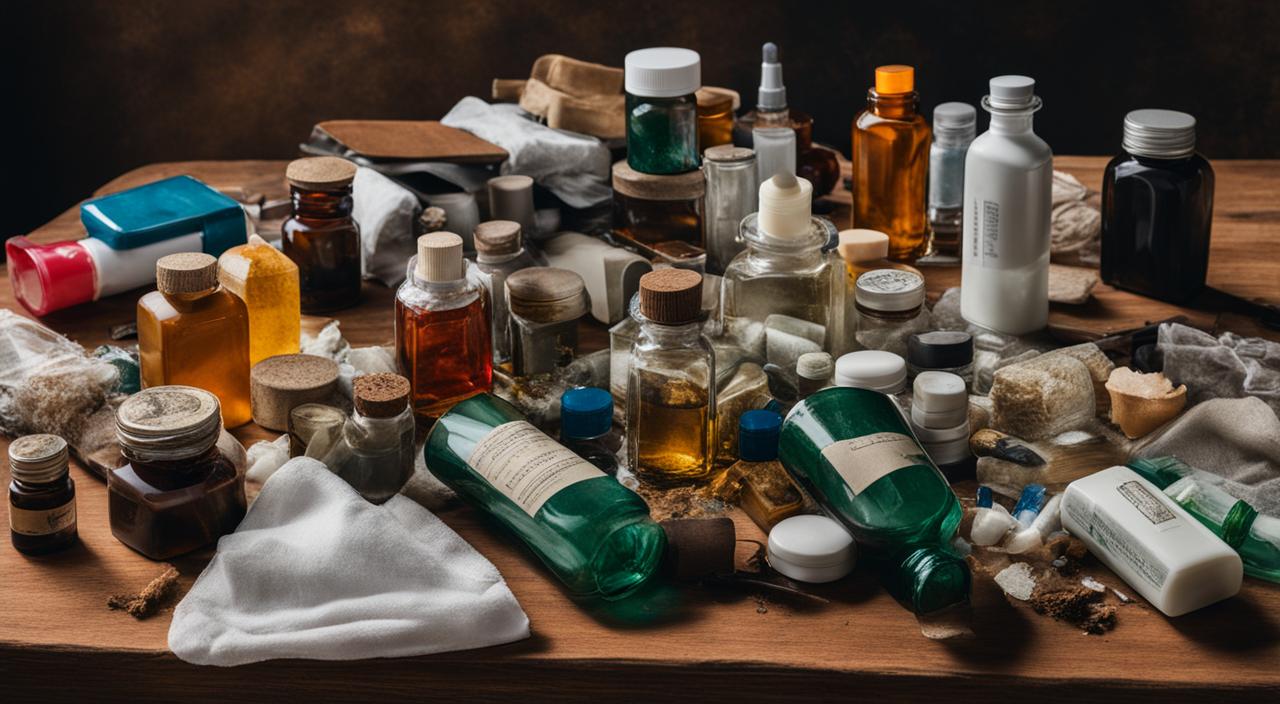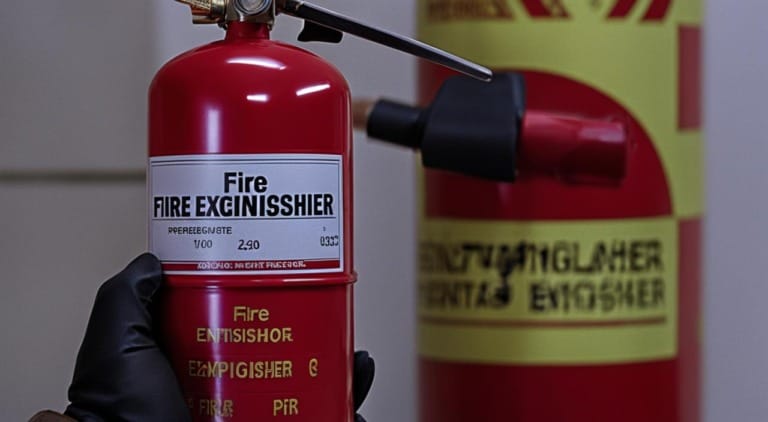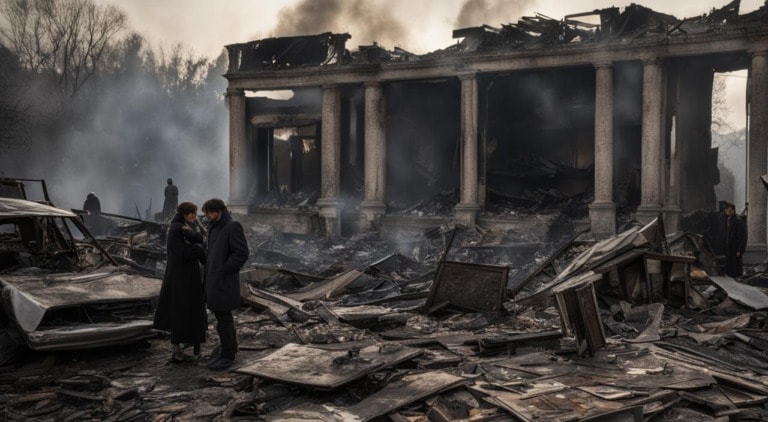
After experiencing a fire, it can be difficult to determine what items can be salvaged and what should be thrown away. While it may be heartbreaking to part with sentimental belongings, it is essential to prioritize your safety and health.
In this detailed guide, we will provide you with a detailed list of items that should be thrown away after experiencing smoke damage, ensuring that you can effectively clear out any potential health hazards.
Food Safety After a Fire (What to Discard)
When a fire occurs, ensuring food safety is of utmost importance. After experiencing smoke damage, it is crucial to identify and discard any food items that may have been contaminated. By taking necessary precautions, you can protect yourself and your loved ones from potential health risks.
Potentially Contaminated Non-Perishable Food
Non-perishable food items that have been exposed to heat, smoke, and firefighting chemicals should be thrown away immediately. This includes opened containers and any food stored in packaging that is permeable to smoke. Even if sealed food items appear unaffected, if they were near the heat of the fire, they may no longer be safe to consume. It’s better to err on the side of caution and discard such items.
Perishable Food Left at Room Temperature
In addition to non-perishable items, perishable food that has been left at room temperature for an extended period should also be discarded. The presence of smoke, heat, water, or firefighting chemicals can compromise the safety of perishable food. Inspect your kitchen thoroughly and dispose of any items that show signs of damage or contamination.
Inspecting and Evaluating Food Items
When assessing the damage caused by the fire, pay close attention to your medicines, cosmetics, and clothing. Heat, soot, and fire extinguisher dust can render medications and cosmetics unsafe for use. It is crucial to discard any products from these areas that show signs of damage.
Additionally, burned clothing should be disposed of, and extra caution should be exercised when considering the salvageability of clothing items for children or babies.
By promptly discarding potentially contaminated food items and evaluating the damage to other household products, you can ensure the safety and well-being of yourself and your family following a fire incident.
Assessing Damage (Medicines, Cosmetics, and Clothing)
After a fire, it is crucial to assess the damage to your medicine cabinet, makeup bag, and clothing. The intense heat and smoke from the fire can cause significant damage to these items, compromising their safety and usability. Here are some key points to consider when evaluating the extent of the damage:
1. Medicines:
Check all medications for signs of heat exposure or smoke contamination. Discard any medications that have been exposed to high temperatures as they may become ineffective or even hazardous to consume. It is essential to prioritize your health and consult a healthcare professional for guidance on replacing essential medications.
2. Cosmetics:
Cosmetics, such as makeup and skincare products, can also be affected by fire damage. Look for visible signs of heat damage, such as melted or misshapen containers, or changes in color and texture. If any of your cosmetics show these signs, it is best to dispose of them to avoid skin irritation or other adverse reactions. Remember, safety should always be your top priority.
3. Clothing:
Inspect your clothing thoroughly for any signs of heat damage, soot, or fire extinguisher dust. Burned clothing should be discarded immediately as they may pose a safety risk. Consider the salvageability of clothing items based on the severity of the damage.
While some clothing may be cleaned and restored, it is important to exercise caution, especially when assessing clothing items for children or babies. Their sensitive skin may be more susceptible to irritants or harmful residues.
By carefully assessing the damage to your medicines, cosmetics, and clothing, you can ensure that you prioritize your safety and well-being. Dispose of any items that show signs of heat damage or contamination to avoid potential health risks. Remember to consult professionals and follow appropriate cleaning and restoration techniques to salvage items wherever possible.

Salvageable Items and Cleaning Techniques
In the aftermath of a fire, it’s natural to feel overwhelmed by the damage and loss. However, not everything may be beyond repair. With the right cleaning techniques and professional fire restoration services, you can salvage certain items, saving you time and money.
Textiles, such as clothing, bedding, and other fabrics, can often be restored to their original condition. Start by discarding burned items, as they are irrecoverable. Create a mixture of tri-sodium phosphate (TSP), bleach, and water for non-charred clothing. Gently wash the garments with this solution to eliminate any lingering smoke odor and stains.
When it comes to restoring hardwood floors, the process can be delicate but rewarding. Seek the expertise of professionals who specialize in fire restoration.
They possess the knowledge and tools to properly clean and salvage your hardwood floors. With their guidance, your floors can be returned to their pre-fire elegance, bringing a sense of normalcy and beauty back to your home.






